FS Colour Series: RASPBERRY Inspired by Andy Warhol’s Pink Pop Art
Pop artist Andy Warhol had an inimitable knack for capturing the essence of an object, animal or person, ramping up its impact with daring, electrifyingly bright shades of colour like RASPBERRY’s searing hot pink. His screen prints are arguably the most enduring aspect of his legacy, giving him room to experiment wildly with the same image over and over, recreating it countless times with a series of unusual and unexpected colour combinations. From cats and shoes to household items and celebrities, his creative outpourings reproduced images of the ordinary and the familiar, proving that art tied with the quotidian aspects of ordinary life could speak to everyone.
Andy Warhol was born in Pittsburgh, US in 1928 to Slovakian immigrant parents who were strictly Byzantine Catholic. When Warhol’s father died he was raised by his mother and his two older brothers, who had quit school to work so they could bring money into the family home. As a youngster Warhol showed early interests in photography and film, carrying his pocket camera with him everywhere, and persuading his mother to buy him a projector. As a young adult, Warhol studied at the Carnegie Institute of Technology, and immediately following graduation, he set off for New York City.
Hopelessly poor, Warhol spent his early years in New York scratching together a living from work as a commercial illustrator. Warhol’s mother eventually came to join her son in New York, and the pair lived together for decades with a large collection of cats, all named Sam, who began to frequent his illustrations. During the 1950s, Warhol earned a reputation for illustrating womenswear advertisements, and working as a window dresser for several fashion retailers including Bonwit Teller. But by now he had set his sights on becoming an artist, looking to the emergent work of Jasper Johns and Robert Rauschenberg, who were incorporating aspects of pop culture into their idioms.
Warhol came crashing into the New York art scene during the early 1960s with his striking, unabashed Campbell’s Soup Cans lined up into a series of repeat paintings. They celebrated the gimmicky, playful fun of the images we already had in our lives, yet equally encouraged us to look at them afresh, lined up in rows like a minimalist grid or checkerboard pattern. From this period onwards Warhol quickly gathered pace, producing a seemingly endless stream of imagery related to life in 1950s America, particularly the comfortingly familiar brands that spoke of mass consumerism and capitalism in postwar society.
Flowers, 1964 are one of a series of prints Warhol made featuring floral motifs, which deviated from his usual focus on advertisements and branding. Instead, they are based on a photograph of hibiscus blossoms taken by Patricia Caulfield that Warhol found while flicking through a 1964 copy of Modern Photography. However, he takes the image and makes it his own, flattening and simplifying the floral motifs so they become a design-like rendition resembling a printed textile or graphic design, highlighting the artist’s desire to blur the boundaries between art and design. Warhol couples arrestingly bright hot pink with apple green, red and yellow, while juxtaposing the eye-catchingly bright, flat colour with the textured patina of photography, a stylistic trope we see in much of Warhol’s art.
Marilyn Monroe was another of Warhol’s favourite subjects; he was fascinated by the Hollywood star, her face, her celebrity glamour, and the overwhelming public adoration that she was surrounded by. In Marilyn Monroe (Marilyn), 1967, Warhol toys with an eccentric, electro-bright series of colours, hot pink surrounding the face of the starlet and curving around her eyes as if to emphasise her unabashed femininity.
Throughout his career, from his early days as an illustrator to his later years as a pop artist Warhol was fascinated by the world of fashion, particularly women’s clothing and shoes. The screen print Diamond Dust Shoes, 1980-81, made in Warhol’s later career, was part of a series Warhol produced as an ad campaign for Warhol’s friend, the fashion designer Roy Halston Frowick, in homage to the high heel. The series was particularly extravagant, incorporating real diamond dust particles into the ink which gave the shoes a shimmering, reflective and luxe quality. In this particular print, Warhol places a series of indulgent, vividly bright shoes in hot pink, coral, blue and purple against a neutral background, emphasising the sparkling touch of excitement and anticipation that he associated with high end fashion.





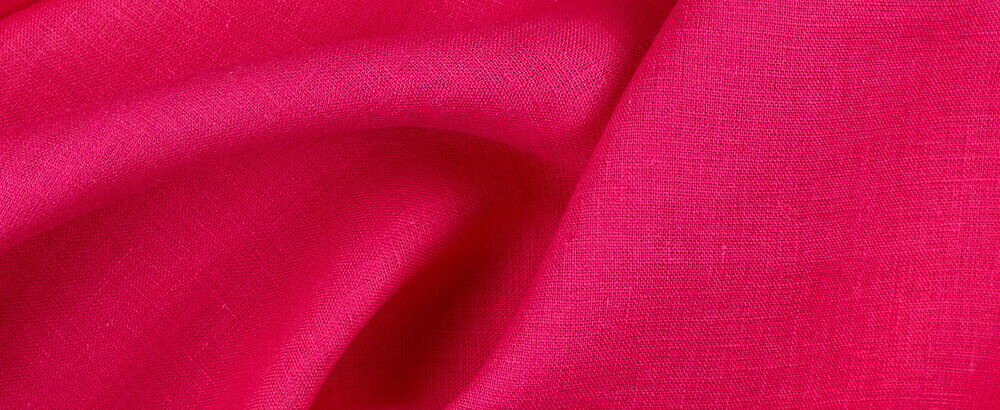
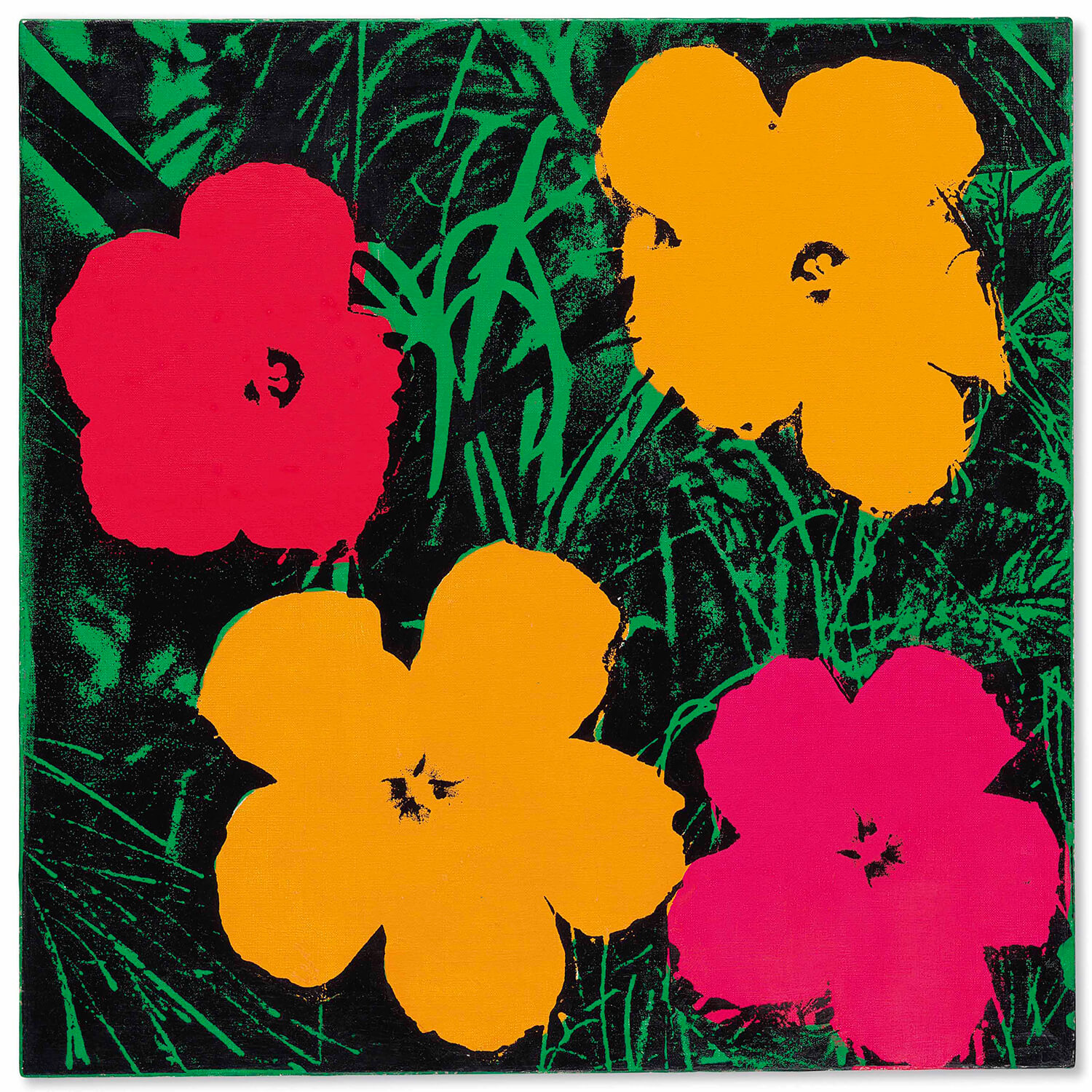
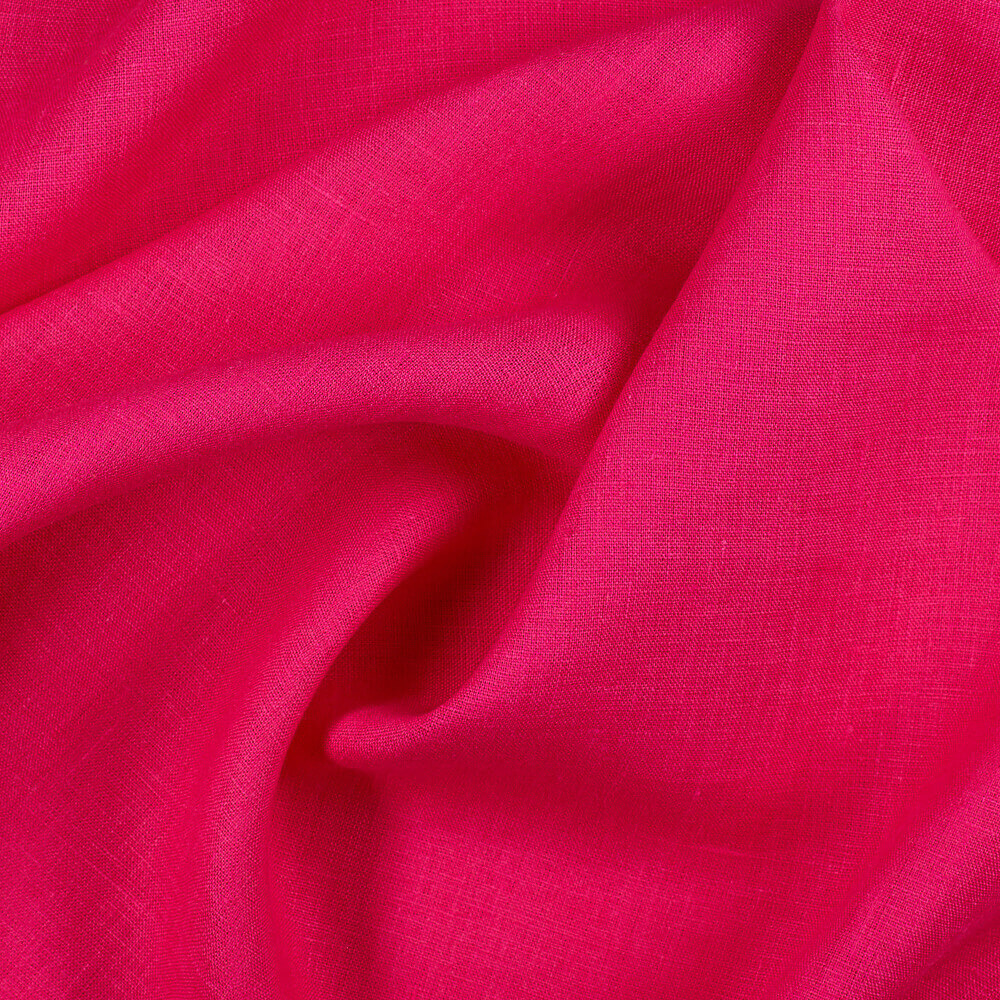
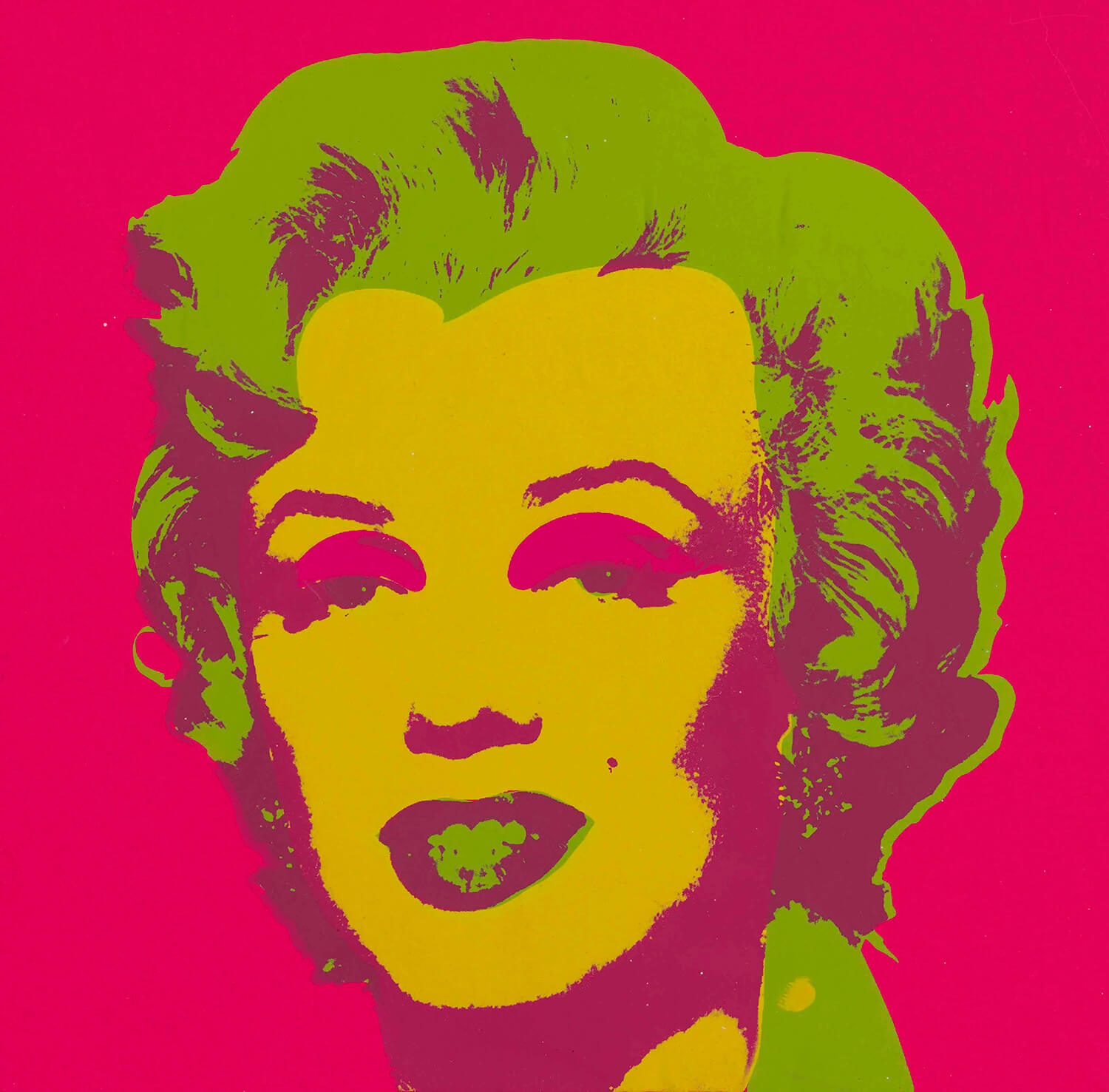















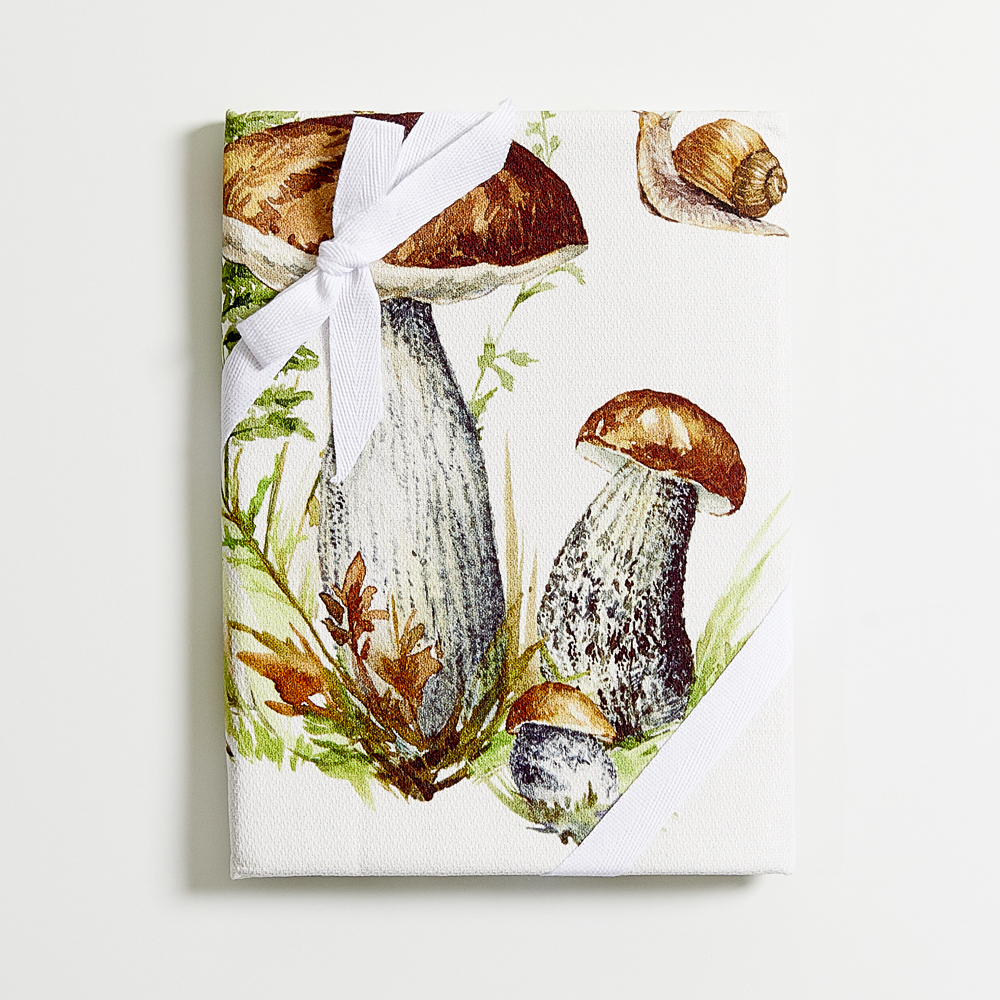












Leave a comment